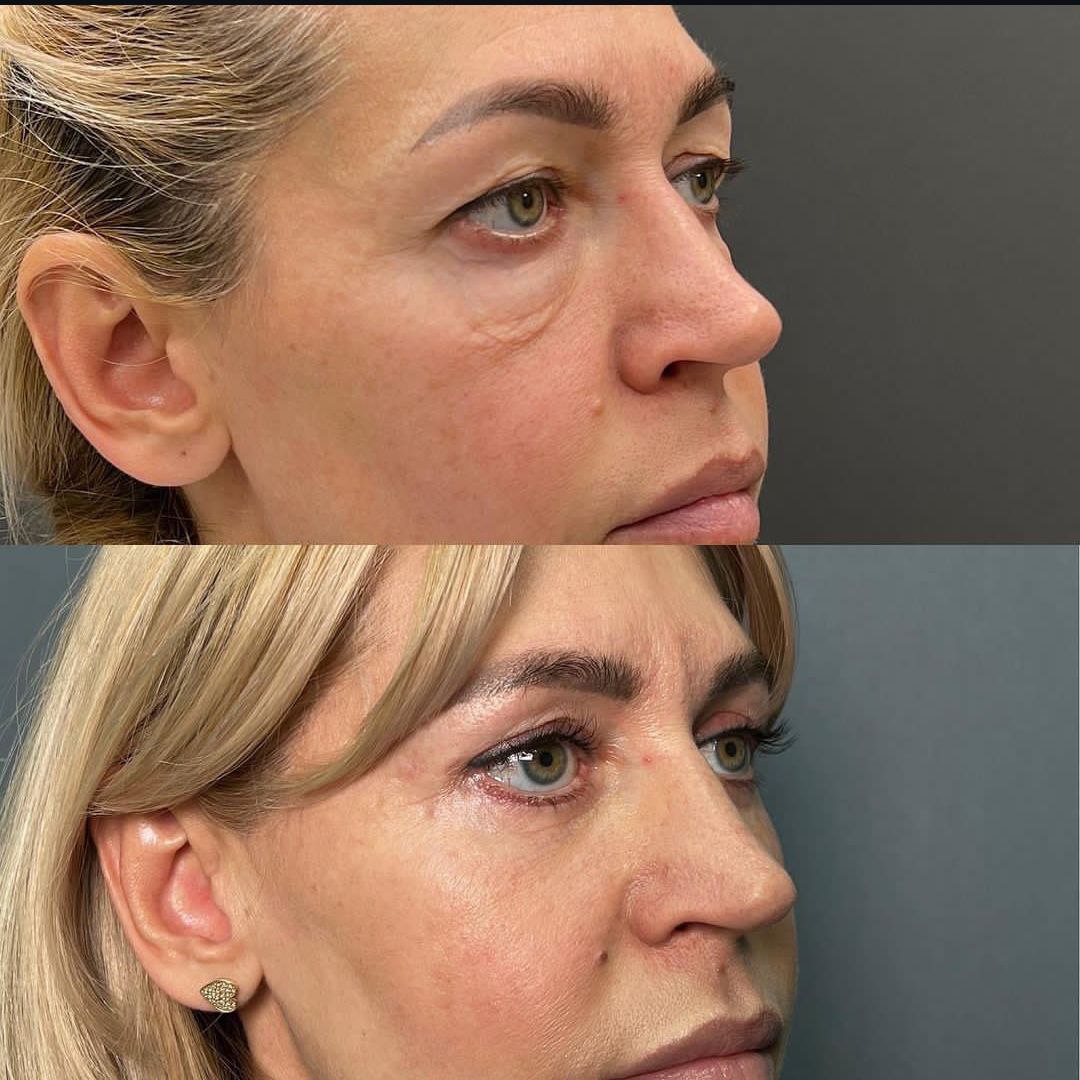
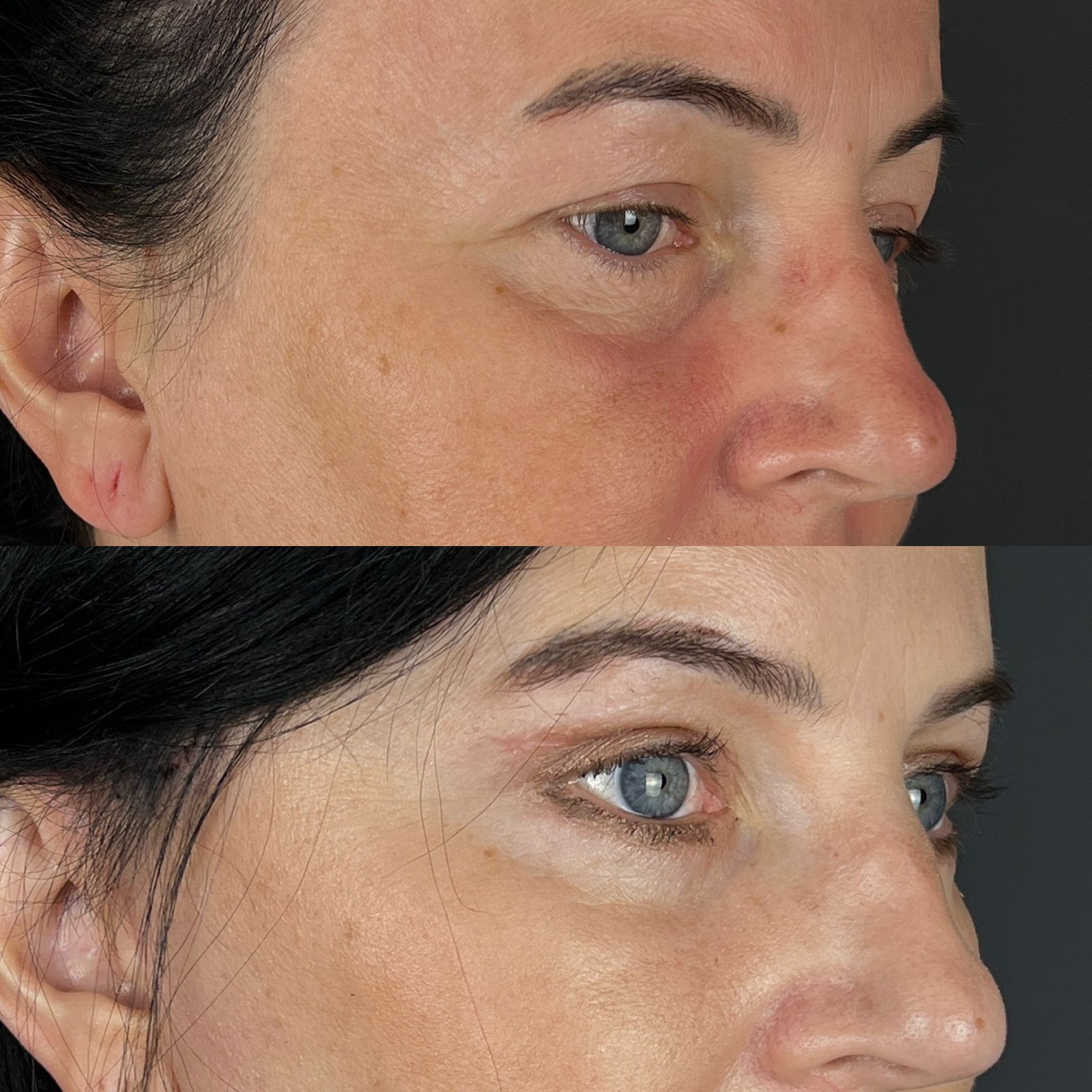
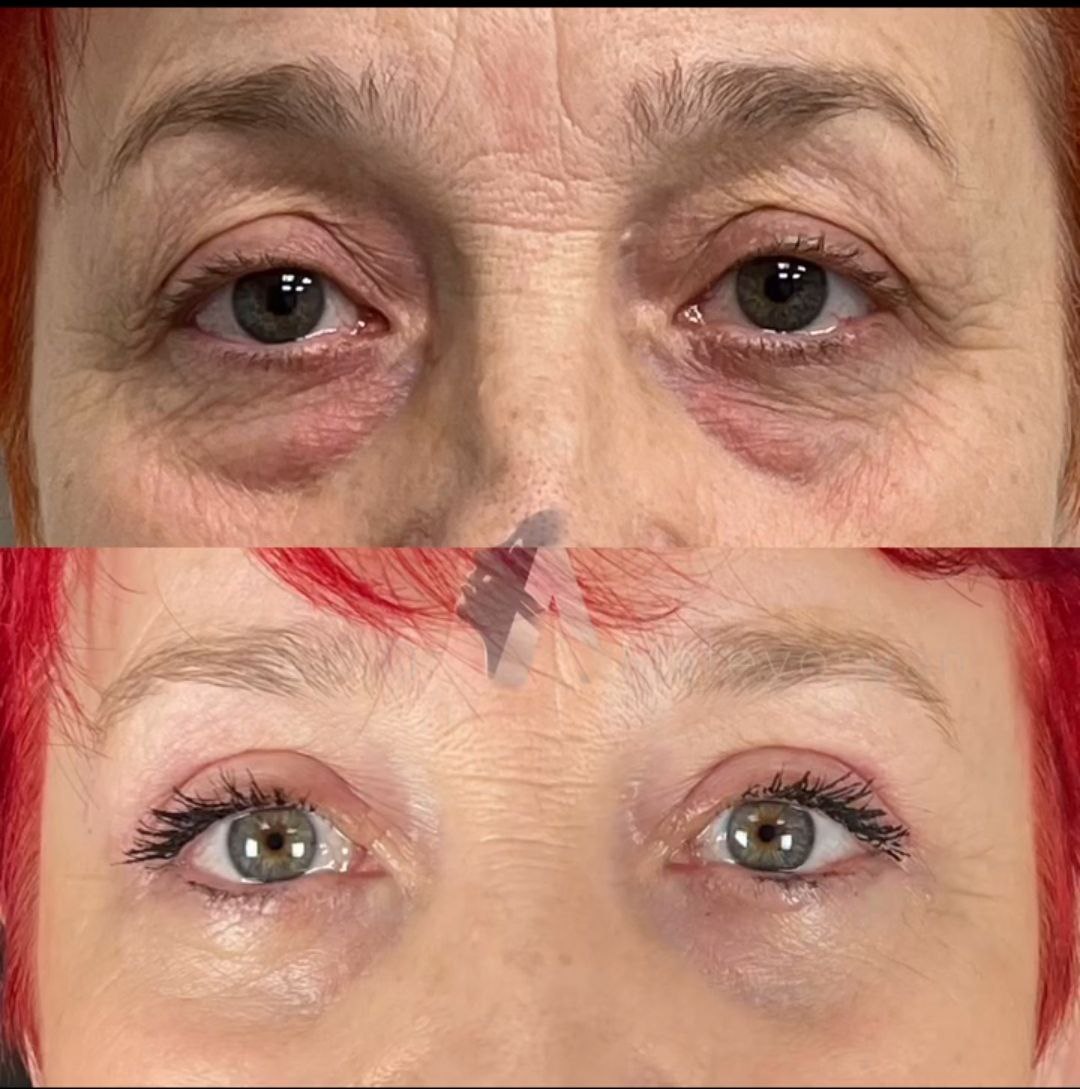
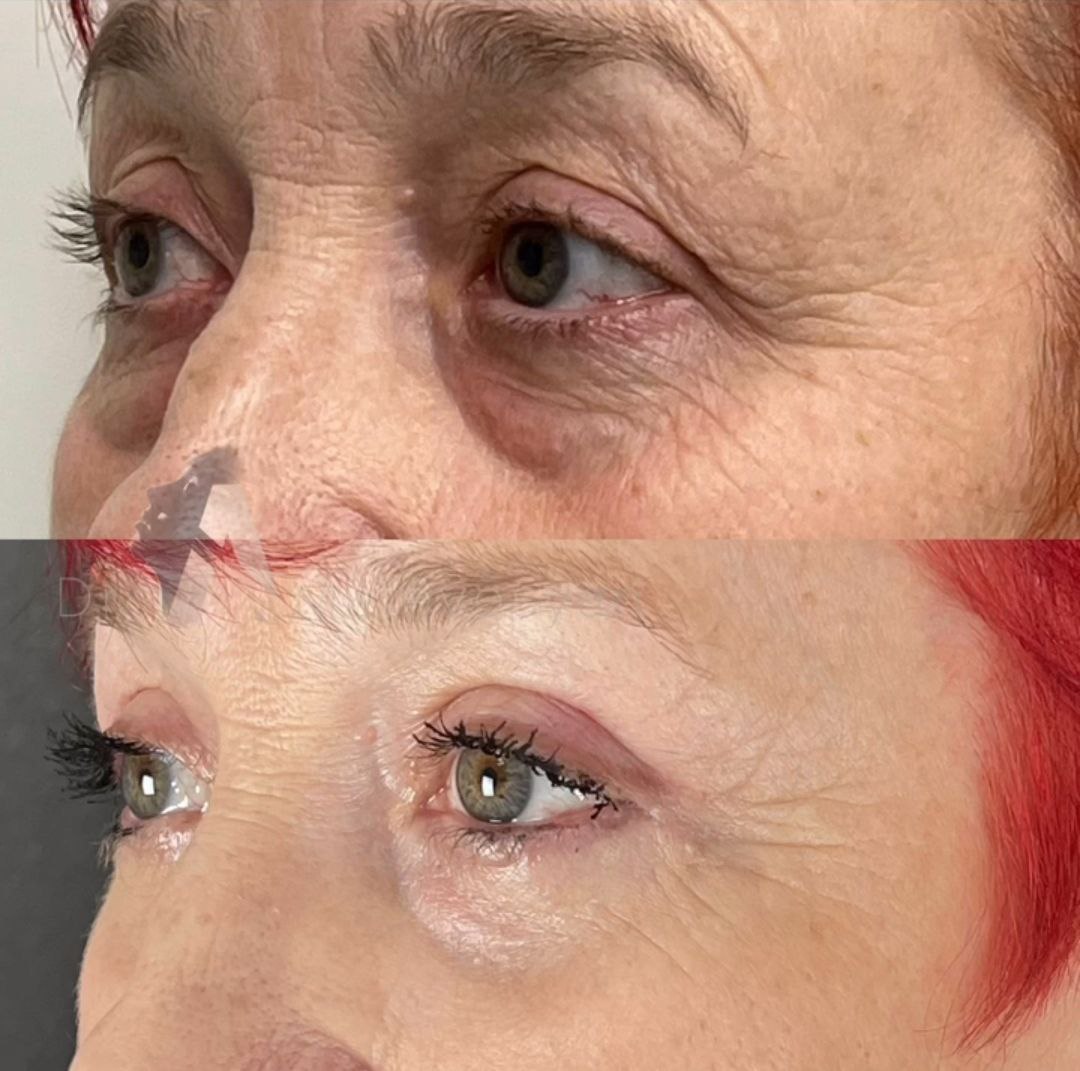
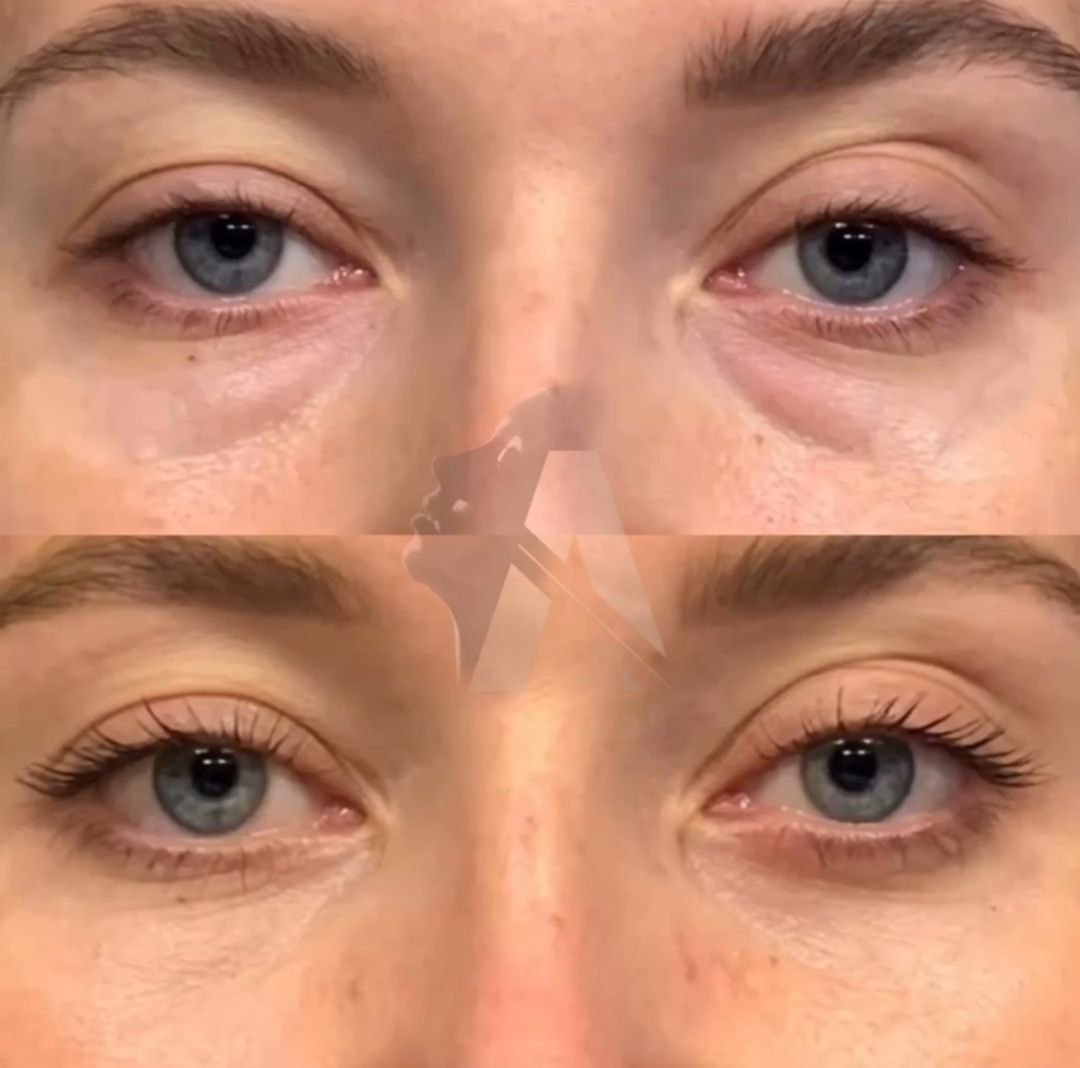
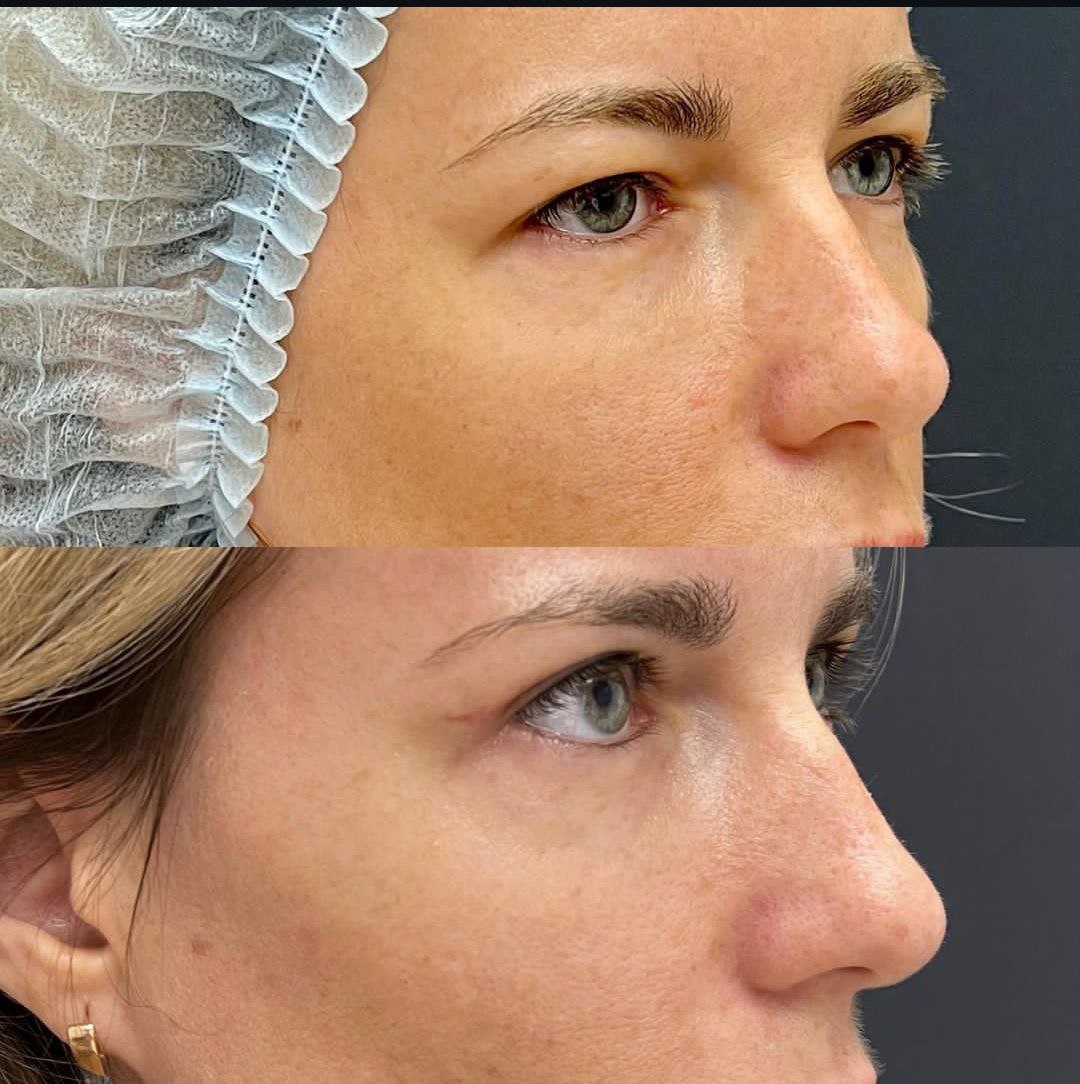
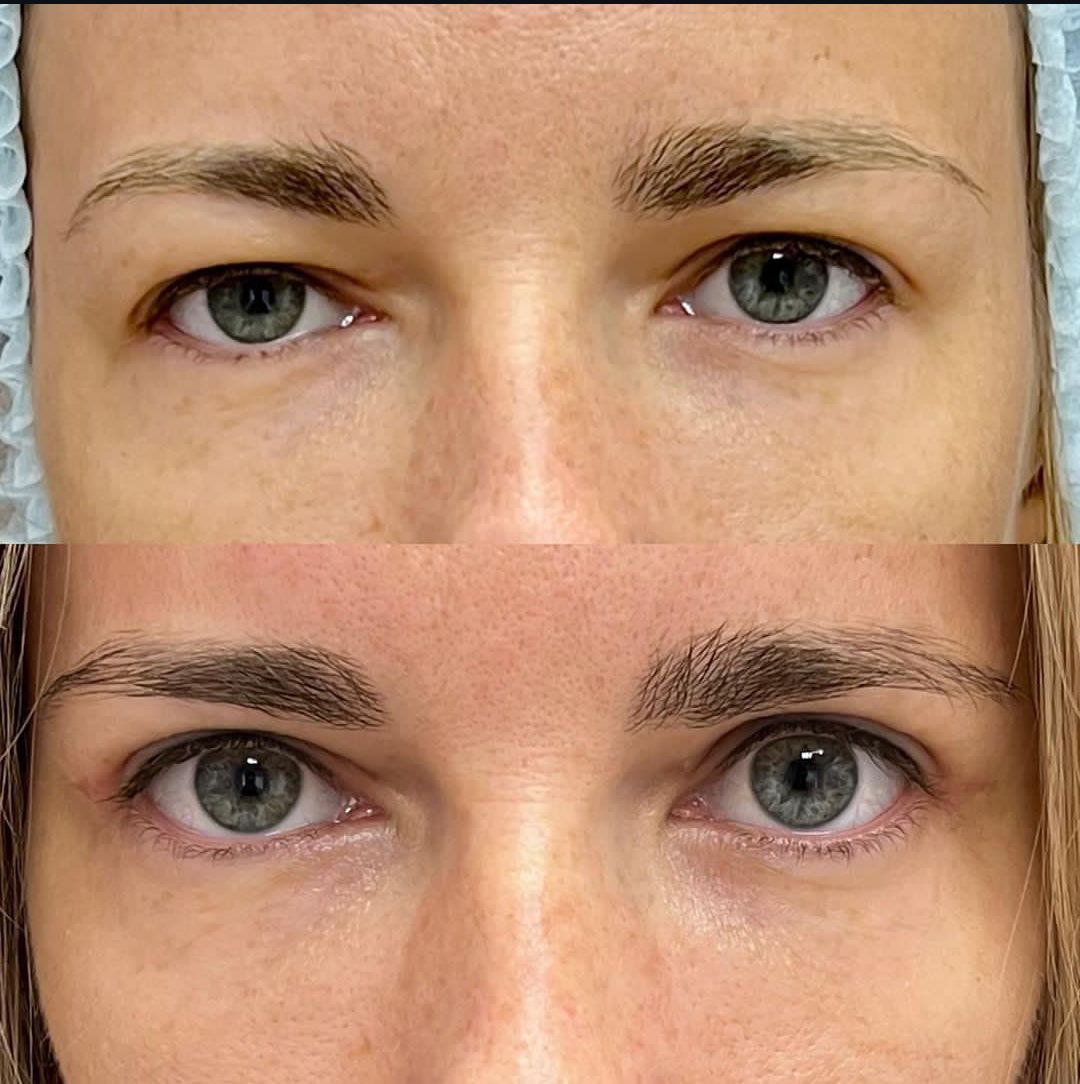
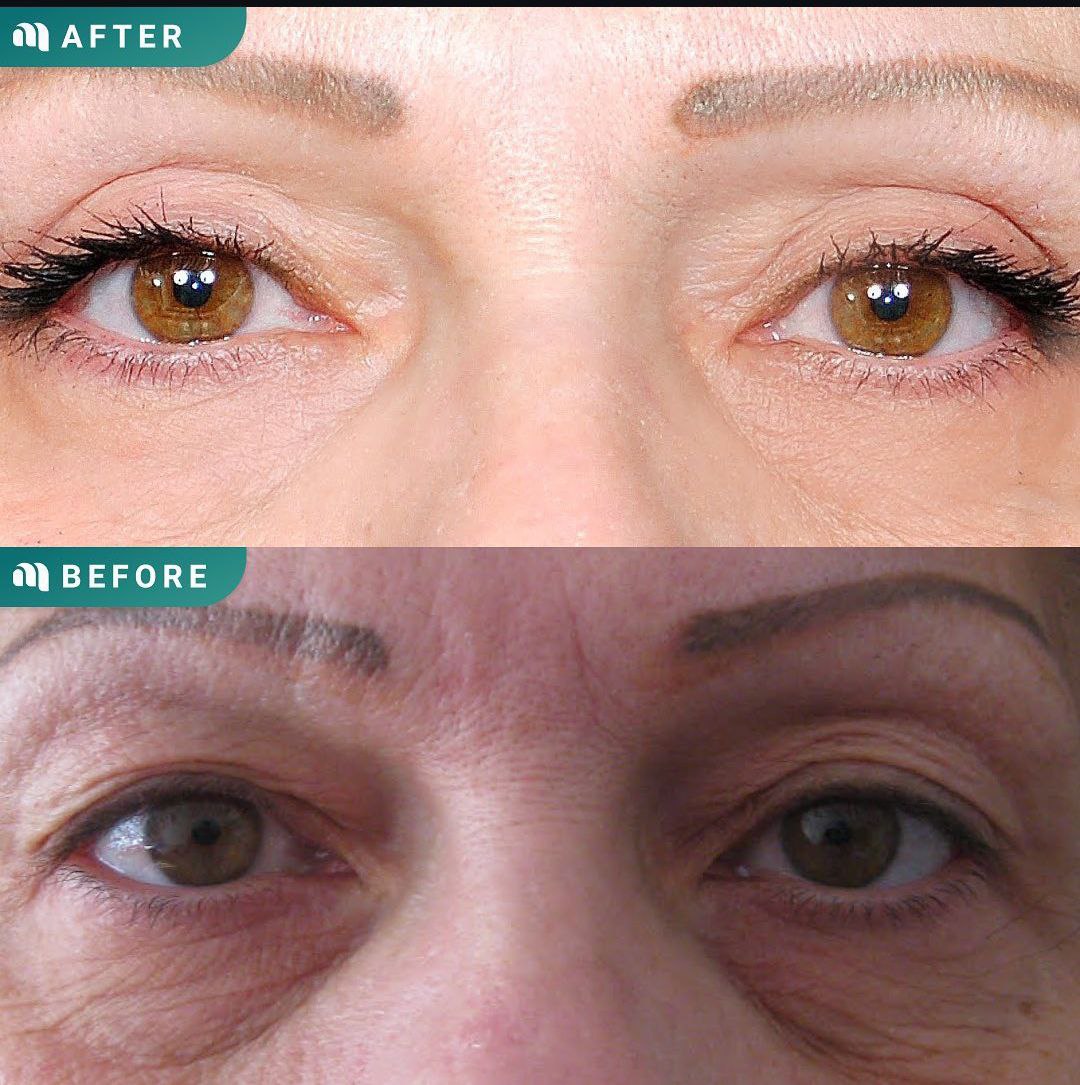
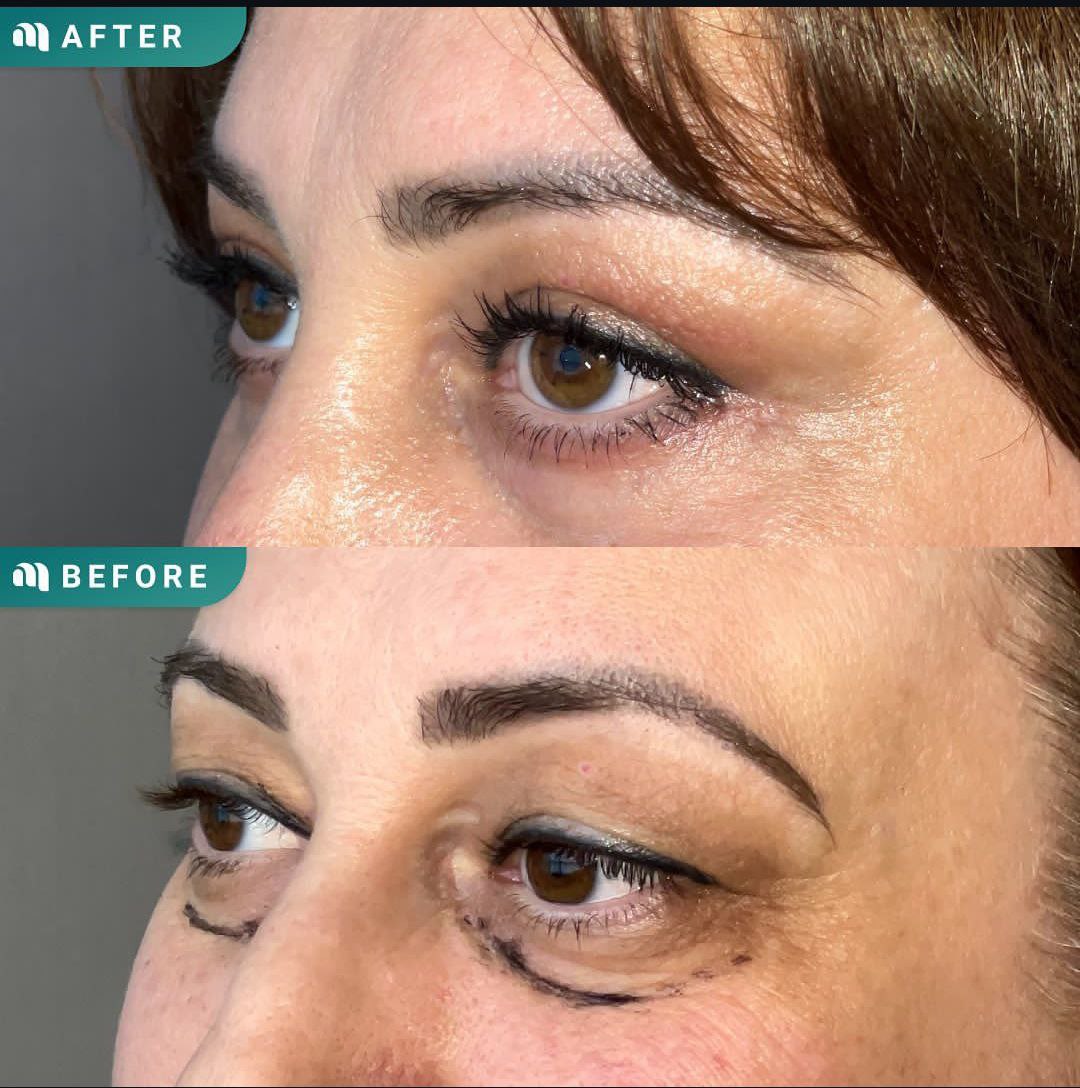
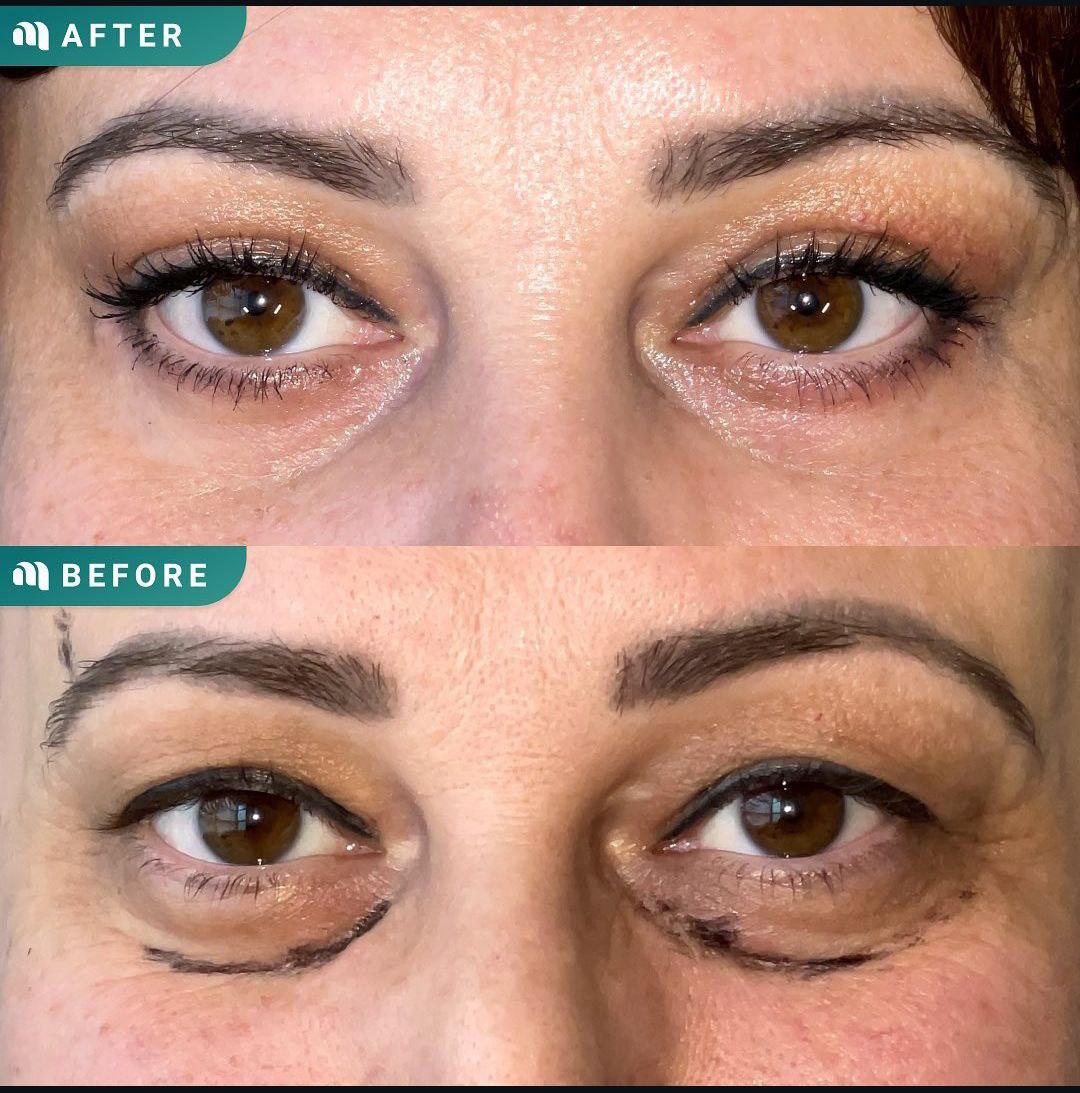
Blepharoplasty (Eyelid surgery)
Price: upper - 250 000 - 350 000 AMD, lower - 350 000 - 450 000 AMD, circular - 500 000 - 700 000 AMD
Blepharoplasty (eyelid surgery) is a surgery reducing age-related changes of eyelids and the surrounding area as well as their congenital anomalies and fat hernias. In addition, eye shape is corrected. The surgery gives a long-lasting effect, rejuvenates, makes your look more relaxed and open.
TYPES OF BLEPHAROPLASTY
What is the purpose of this intervention?
The purpose of this intervention is to eliminate the expression of a tired look and to achieve a more rested and fresh look. It also allows you to give an open look, by correcting the excess skin of the upper eyelids and eliminating the fat sacks of the lower eyelids, performed in a filigree manner.
What kind of anesthesia is required for blepharoplasty?
Blepharoplasty of the upper eyelids can be performed under local anesthesia. If it is a question of performing blepharoplasty of the lower eyelids, local anesthesia can be supplemented with sedation (in this case you are not immersed in sleep, but simply in a relaxed state).
What duration of hospitalization is required after blepharoplasty?
The intervention can be performed on an outpatient basis, with the possibility of leaving the clinic on the same day.
How usually is the recovery period after the intervention?
Painful sensations, as a rule, are noted in rare cases. Threads must be removed after 7 days. Edema and ecchymosis, their degree of severity and duration are very much dependent, in terms of manifestation, on each individual case of a patient. Return to normal socio-professional life is usually made possible 7 days after the intervention.